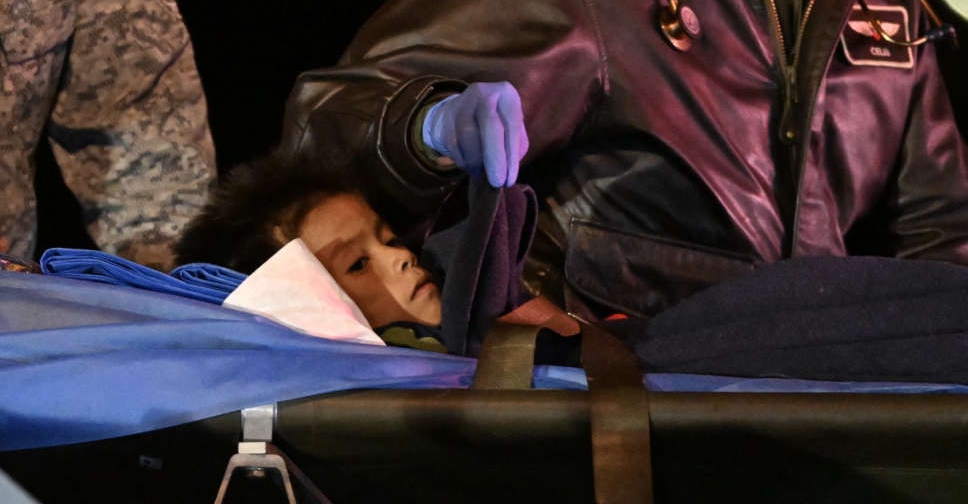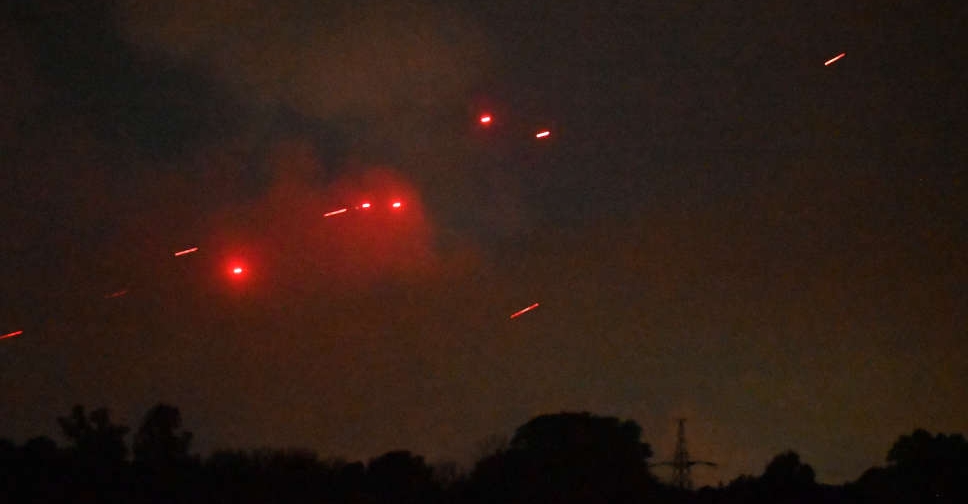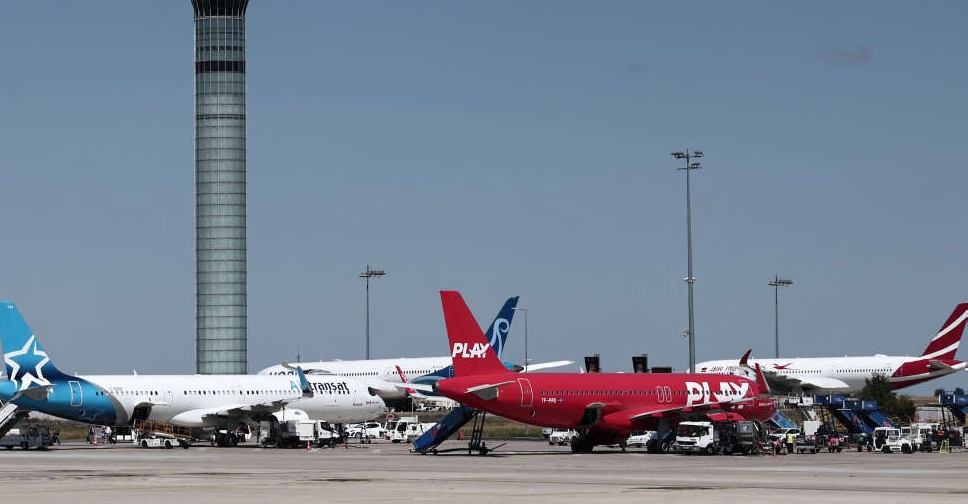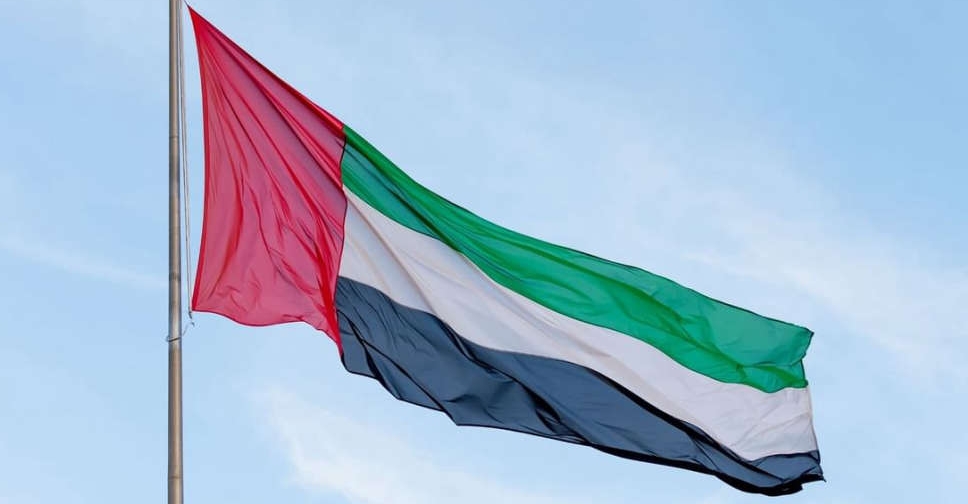
Four Indigenous children survived an Amazon plane crash that killed three adults and then wandered on their own in the jungle for 40 days before being found alive by Colombian soldiers.
The announcement of their rescue on Friday brought a happy ending to a saga that had captivated many Colombians, a watch with highs and lows as searchers frantically combed through the rainforest hunting for the youngsters.
An air force video showed a helicopter using lines to pull the youngsters up because it couldn’t land in the dense rainforest where they were found. The craft flew off in the fading light, and the air force said it was going to San Jose del Guaviare, a small town on the edge of the jungle.
No details were released on how the four siblings, aged 13, 9, 4 and 11 months, managed to survive independently for so long, though they belong to an Indigenous group living in the remote region.
The crash happened in the early hours of May 1, when the Cessna single-engine propeller plane with six passengers and a pilot declared an emergency due to an engine failure.
The small aircraft fell off the radar shortly after a frantic search for survivors began. Two weeks after the crash, on May 16, a search team found the plane in a thick patch of the rainforest and recovered the bodies of the three adults on board, but the small children were nowhere to be found.
Sensing that they could be alive, Colombia’s army stepped up the hunt and flew 150 soldiers with dogs into the area. Dozens of volunteers from Indigenous tribes also helped search.
Officials did not say how far the children were from the crash site when they were found. But the teams had been searching within a 4.5-kilometre radius of the site where the small plane nosedived into the forest floor.
As the search progressed, soldiers found small clues in the jungle that led them to believe the children were still living, including a pair of footprints, a baby bottle, diapers and pieces of fruit that looked like it had been bitten by humans.




 Russia's all-night drone attack on Kyiv injures 14, Ukraine says
Russia's all-night drone attack on Kyiv injures 14, Ukraine says
 French air traffic controllers' walkout disrupts early summer season travel
French air traffic controllers' walkout disrupts early summer season travel
 Trump celebrates tax bill victory at Iowa fairground rally
Trump celebrates tax bill victory at Iowa fairground rally
 Several people stabbed near shopping centre in Finland's Tampere
Several people stabbed near shopping centre in Finland's Tampere
 GCC condemns continued Israeli aggression against Palestinians
GCC condemns continued Israeli aggression against Palestinians



